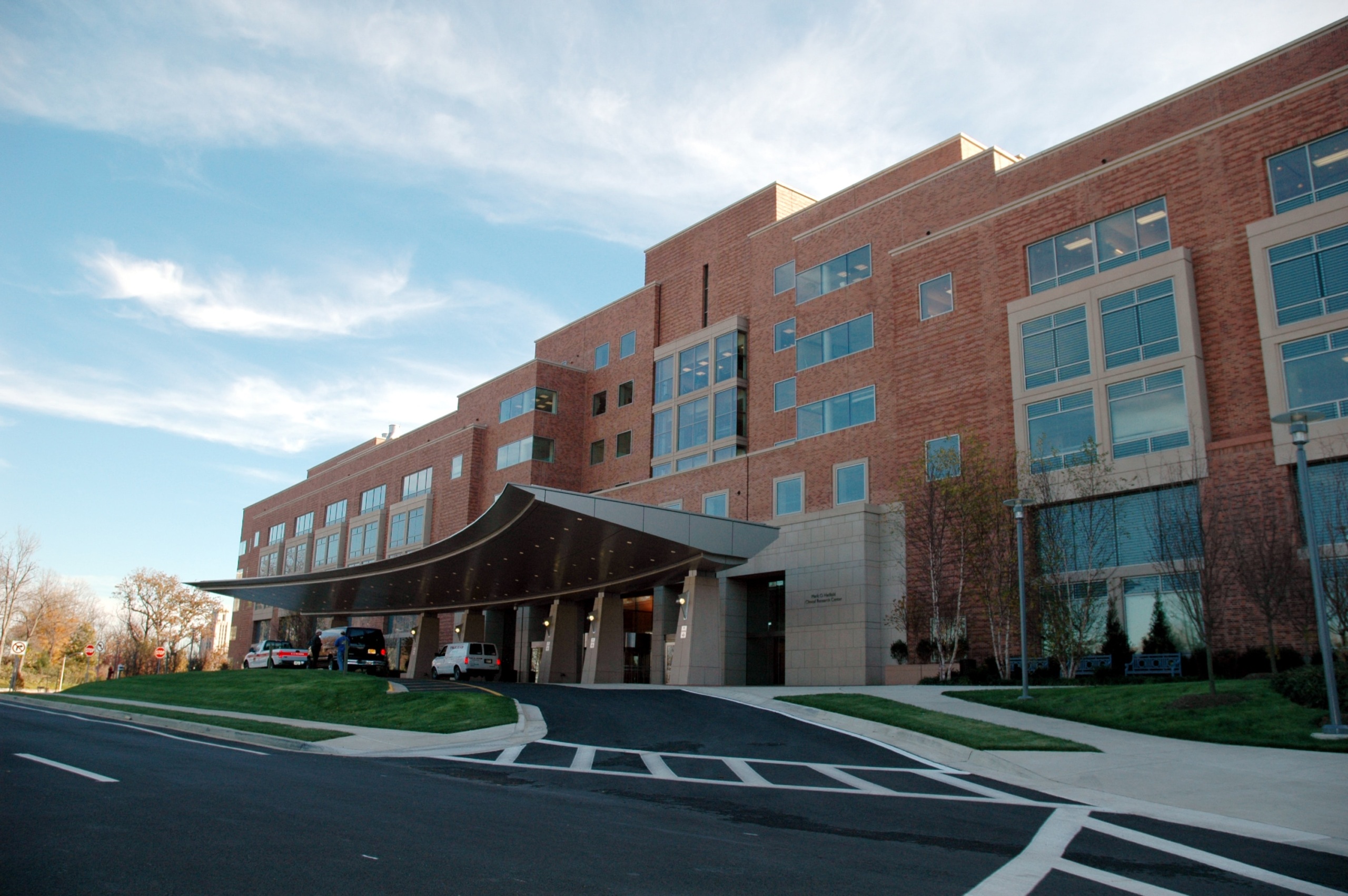
Facility fees are driving up the prices of doctor visits.
Hospital facility fees are tacked onto bills for doctor visits. But why?
Updated
Have you ever been charged more than you were expecting for a routine medical service at your doctor’s office? If you have, you may have been charged a facility fee. That’s a flat fee added to your bill which was originally meant to offset the extra costs of ‘maintaining the facility’ of a hospital.
While facility fees help fund necessary hospital services, these days, some people are seeing a facility fee tacked onto their regular doctor or clinic bills. Why? Hospital systems are purchasing physician practices and clinics. When these sites for regular visits are now owned by hospitals, those newly acquired doctors’ practices may begin to institute a “facility fee” on top of the regular billed charges.
Share your facility fee story with us.
Hospitals won the right to charge facility fees to cover all of their moving parts, such as “people fees”, which refer to essential workers like nurses, technicians, and specialists, and other costs like medical records and equipment. That may be reasonable. But a regular doctor’s office certainly does not carry added costs associated with ICUs, or other hospital-specific staffing and infrastructure.
With growing trends of consolidation, you may end up being charged this fee even if you never step foot in a hospital. As if healthcare isn’t already expensive enough, you could see these add-on flat charges for routine services, such as blood tests, COVID-19 tests, X-rays, or even telehealth visits. Typically, facility fees range from $15 to over thousands for outpatient services like MRIs. These costs add up quickly, and patients who are charged an additional $50-$150 per COVID-19 test, for instance, could rack up thousands of extra dollars for the facility in just a couple months. And usually, patients are unaware of this new fee until they receive the bill.
It’s time to put an end to unjustified facility fees.
If we don’t stop this practice, patients across the country could be paying more every time they visit their regular doctor for no reason other than an ownership change of the physician’s practice. Our recent report provides recommendations on how to stop this costly billing practice.

Outpatient outrage: Hospitals charge fees for care at the doctor’s office
Facility fees raise an important question for patients and insurance companies alike.
Who pays for facility fees?
As of now, many insurance providers will not completely cover facility fees, leaving patients with yet another cost to bear. Or we could see an increase in our insurance premiums even if our insurance plans pick up the tab. Facility fees in doctor offices are unjustified because the added costs of running a hospital are not incurred in a clinic or doctor practice.
This problem has exacerbated with time, as more and more hospitals acquire physician’s practices, allowing them to spring unexpected facility fees on patients across the country. By January of 2021, nearly 75% of US physicians were employed by hospitals and other corporate entities, and the consolidation trend continues. This is bad news for patients, as the likelihood of facility fees increasing costs for all consumers becomes an imminent reality.
Facility fees should be restricted to services conducted in a hospital setting that needs the back-up of hospital-related care. There is no reason for patients or insurance companies to pay this fee solely due to a change of ownership in the physician practice. In fact, in a recent poll, nearly 3 in 4 voters (74%) want policymakers to ban facility fees everywhere for outpatient, same-day services, regardless of the service or where care is being provided.
The National Academy for State Health Policy has suggested a model act targeting facility fees based on location and service, urging states to prohibit unwarranted facility fees with reporting requirements and regulations. And states are stepping up. Colorado recently enacted a law banning facility fees from outpatient locations, telehealth, and preventative healthcare services. Similarly, Connecticut Governor Ned Lamont recently signed into law prohibitions on unnecessary health care costs and ending facility fees at freestanding offices and clinics. Congress should follow the states’ lead. One solution both sides of the aisle are pushing is a policy to end hospital price abuses such as enacting site neutral payment policies.
Topics
Authors
Patricia Kelmar
Senior Director, Health Care Campaigns, U.S. PIRG Education Fund
Patricia directs the health care campaign work for U.S. PIRG and provides support to our state offices for state-based health initiatives. Her prior roles include senior policy advisor at NJ Health Care Quality Institute, associate state director at AARP New Jersey and consumer advocate at NJPIRG. She was appointed to the Ground Ambulance and Patient Billing Advisory Committee in 2022 and works with patient advocates across the U.S. Patricia enjoys walking along the Potomac River and sharing her love of books with friends and family around the world.
Cynthia Ma
Health Care Campaigns Intern, Summer 2023
Cynthia is a student at the University of Chicago. She is passionate about accessibility and fair pricing of health care for patients.
Find Out More

Were you charged a ‘facility fee’ on your medical bill?

PIRG builds on campaign to improve hospital price transparency to drive down high prices in health care

Was your health insurance claim denied by an algorithm? Thousands are.

